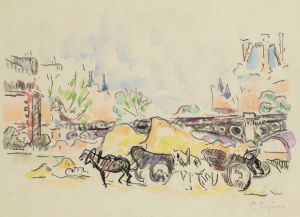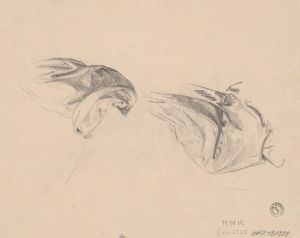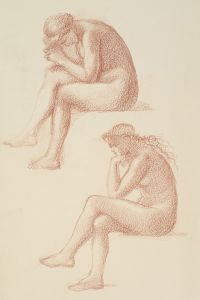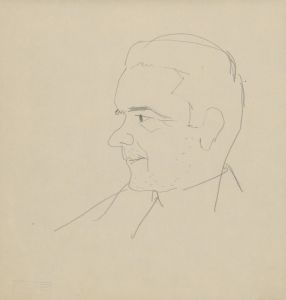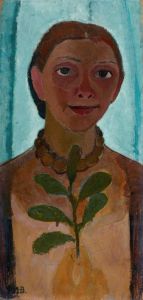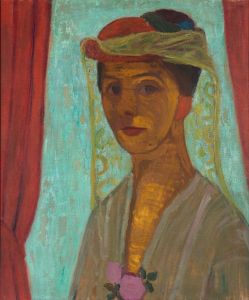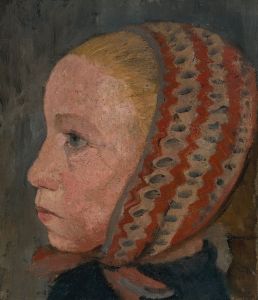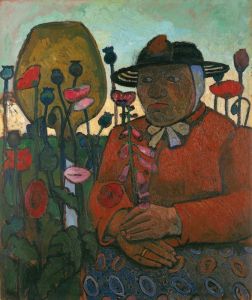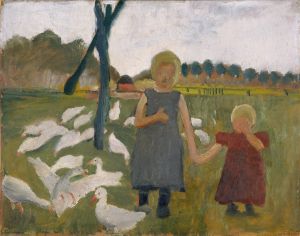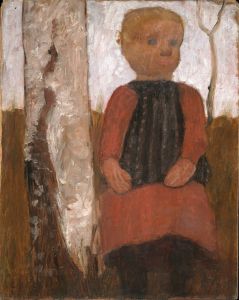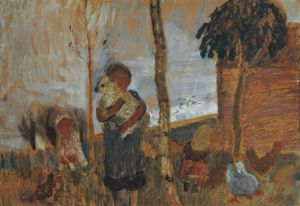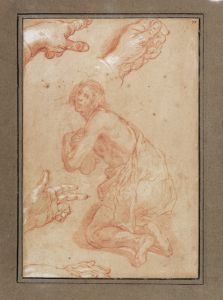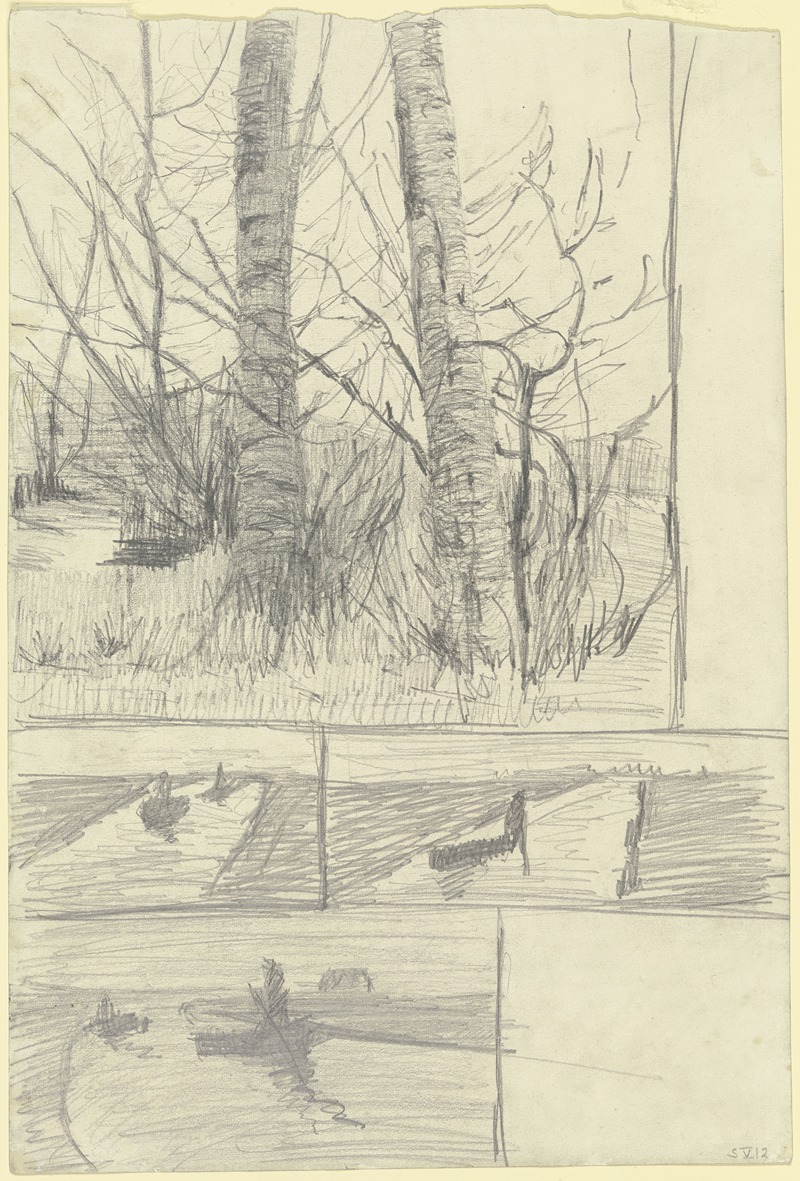
Birkenstämme ; Drei Studien eines Moorkanals mit Kähnen
A hand-painted replica of Paula Modersohn-Becker’s masterpiece Birkenstämme ; Drei Studien eines Moorkanals mit Kähnen, meticulously crafted by professional artists to capture the true essence of the original. Each piece is created with museum-quality canvas and rare mineral pigments, carefully painted by experienced artists with delicate brushstrokes and rich, layered colors to perfectly recreate the texture of the original artwork. Unlike machine-printed reproductions, this hand-painted version brings the painting to life, infused with the artist’s emotions and skill in every stroke. Whether for personal collection or home decoration, it instantly elevates the artistic atmosphere of any space.
Paula Modersohn-Becker (1876-1907) was a pioneering German painter and one of the most important representatives of early expressionism. Her work is characterized by its bold use of color and form, and she is particularly noted for her portraits and depictions of rural life. Among her many works, "Birkenstämme; Drei Studien eines Moorkanals mit Kähnen" stands out as a significant piece.
"Birkenstämme; Drei Studien eines Moorkanals mit Kähnen" translates to "Birch Trunks; Three Studies of a Moor Canal with Boats." This painting reflects Modersohn-Becker's deep connection to the landscape of Worpswede, a village in northern Germany where she lived and worked for much of her life. Worpswede was known for its artists' colony, which attracted many painters, writers, and musicians who were inspired by the natural beauty of the area.
The painting features birch trees, a common motif in Modersohn-Becker's work, and a moor canal with boats, capturing the serene and somewhat melancholic atmosphere of the moorlands. The birch trees are rendered with a sense of solidity and presence, their white bark standing out against the darker tones of the surrounding landscape. The canal and boats are depicted in a more impressionistic style, with loose brushstrokes that suggest movement and the play of light on water.
Modersohn-Becker's approach to this subject matter is indicative of her broader artistic goals. She sought to convey the emotional and spiritual essence of her subjects rather than merely their physical appearance. This is evident in the way she handles the birch trees, which seem almost to have personalities of their own, and in the tranquil yet dynamic depiction of the canal.
The painting also reflects Modersohn-Becker's interest in the interplay between human activity and the natural world. The boats on the canal suggest a human presence, but it is one that is integrated into the landscape rather than dominating it. This harmonious relationship between people and nature is a recurring theme in her work.
"Birkenstämme; Drei Studien eines Moorkanals mit Kähnen" is a testament to Modersohn-Becker's unique vision and her ability to capture the essence of the Worpswede landscape. Her use of color, form, and composition creates a powerful and evocative image that continues to resonate with viewers today.
Paula Modersohn-Becker's career was tragically short; she died at the age of 31 from complications following childbirth. Despite her brief life, she produced a significant body of work that has had a lasting impact on the art world. Her innovative approach to painting and her ability to convey deep emotional truths through her work have earned her a place among the most important artists of the early 20th century.
"Birkenstämme; Drei Studien eines Moorkanals mit Kähnen" remains an important example of her artistic legacy, showcasing her skill in capturing the beauty and complexity of the natural world.





